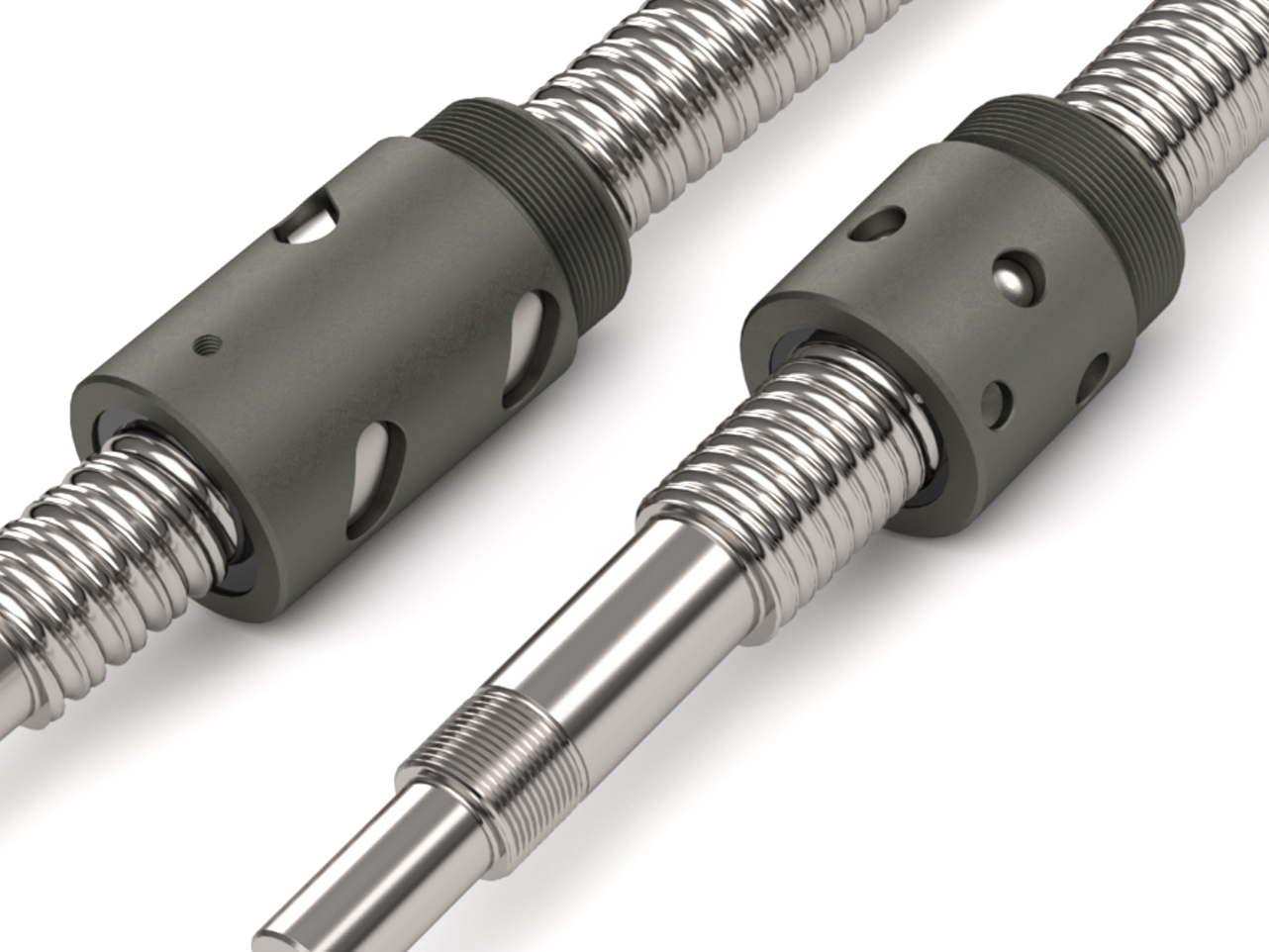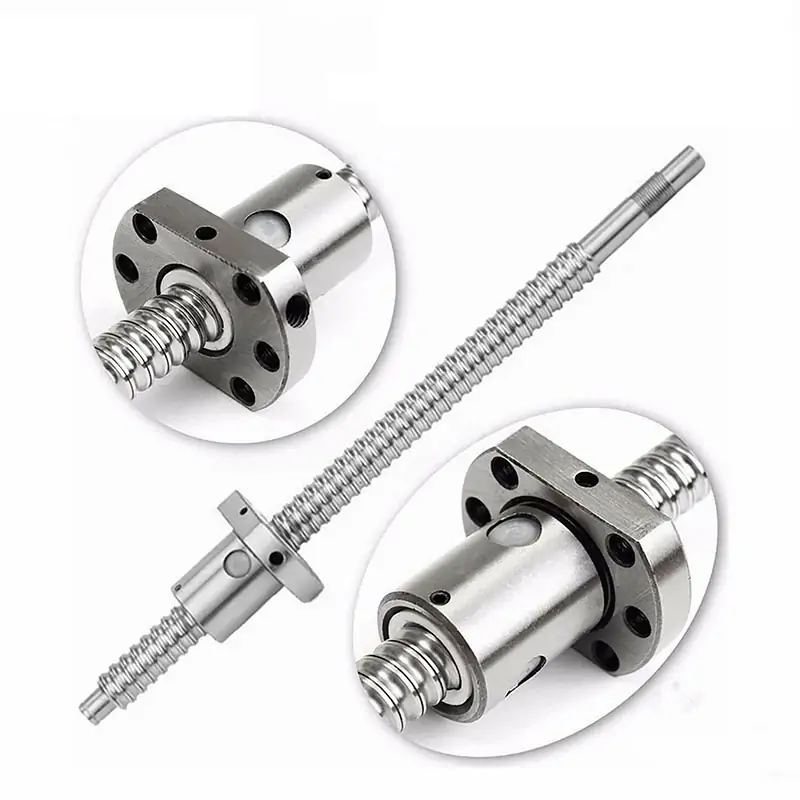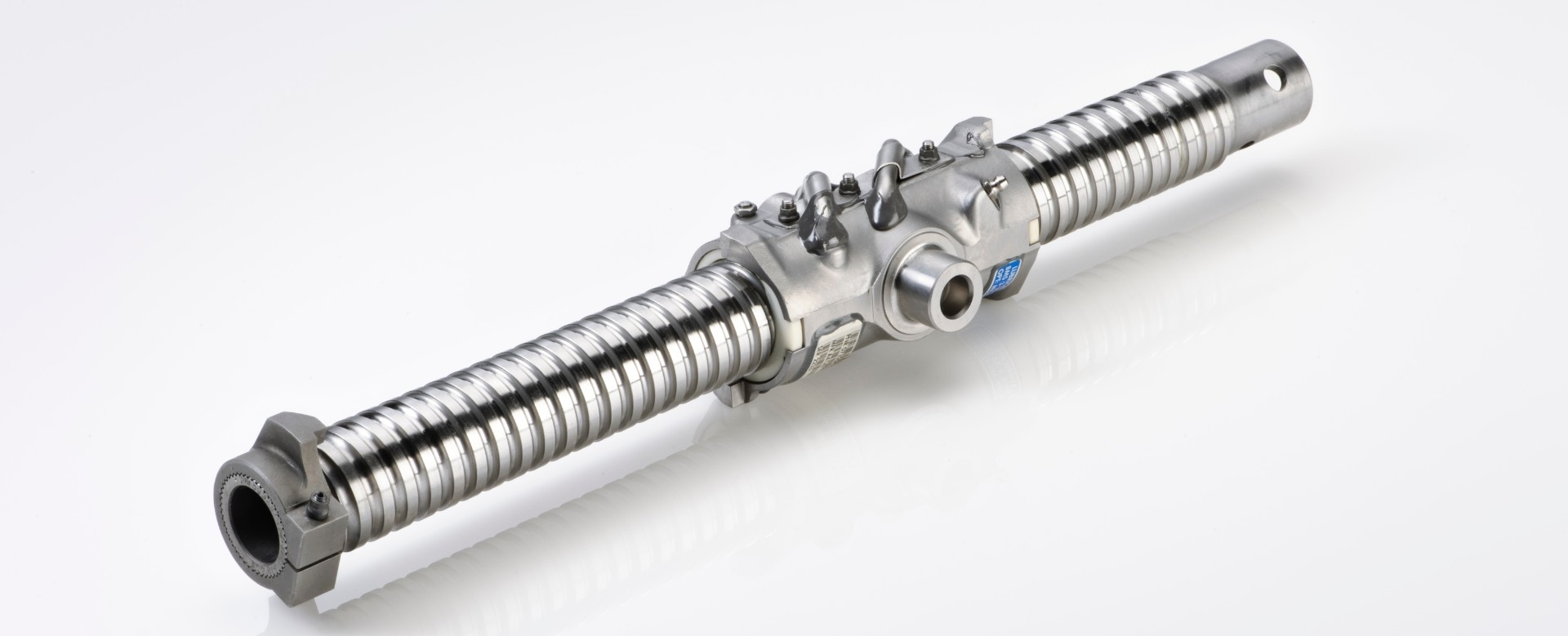Product Description
|
Chemical composition |
|
|
|
|
|
|
||||||
|
Material |
C |
Si |
Mn |
P |
S |
Cr |
||||||
|
52100 |
0.95-1.05 |
0.15-0.35 |
0.25-0.45 |
0-0.571 |
0-0.571 |
1.40-1.65 |
||||||
|
Grade:G10 to G1000 |
|
|
|
|
|
|||||
|
Grade |
Ball diameter variation |
Deviation from spherical from |
Surface roughness |
Lot diameter variation |
Nominal ball deviation tolerance |
|||||
|
|
Vdws |
△Sph |
Ra |
Vdwl |
Tdn |
|||||
|
|
not over |
|
|
|
|
|||||
|
|
μm |
|
|
|
|
|||||
|
10 |
0.25 |
0.25 |
0.571 |
0.5 |
* |
|||||
|
16 |
0.4 |
0.4 |
0.032 |
0.8 |
* |
|||||
|
20 |
0.5 |
0.5 |
0.05 |
1 |
* |
|||||
|
28 |
0.7 |
0.7 |
0.05 |
1.5 |
* |
|||||
|
40 |
1.0 |
1.0 |
0.08 |
2 |
* |
|||||
|
60 |
1.5 |
1.5 |
0.10 |
3 |
* |
|||||
|
100 |
2.5 |
2.5 |
0.125 |
5 |
±12.5 |
|||||
|
200 |
5 |
5 |
0.5 |
10 |
±25 |
|||||
|
500 |
13 |
13 |
* |
25 |
±50 |
|||||
|
1000 |
25 |
25 |
* |
50 |
±125 |
|||||
1.Can you provide sample free?
Yes ,we can provide free samples with in 0.5kg.
2.What kind of payment terms you can accept?
We can accept T/T,L/C, Western Union and Paypal.
3.What about your steel ball’s quality?
Checking in the whole manufacturing process &100% inspection before shipment ensure the quality of our products.
4.What’s your packing method?
A) Inner packing: Dry packing or oil packing are provided according to you needs.
B) Outer packing:
1)volatile rust preventive paper + poly bag + iron drum + wooden / iron pallet.
2)25kg poly bag + carton + wooden pallet or wooden box.
3)customized packing.
5.What’s your delivery time?
Within 3-30 days according to your required size and quantity.
6.Is your steel ball competitive?
Yes, We are steel ball manufacture more than 30+ years.
/* January 22, 2571 19:08:37 */!function(){function s(e,r){var a,o={};try{e&&e.split(“,”).forEach(function(e,t){e&&(a=e.match(/(.*?):(.*)$/))&&1
| Customized: | Customized |
|---|---|
| Certification: | ISO |
| Standard Parts: | Yes |
| Universal: | Yes |
| Type: | Housing |
| Material: | Chrome Steel |
| Samples: |
US$ 0.5/Piece
1 Piece(Min.Order) | |
|---|
| Customization: |
Available
|
|
|---|

How do screw balls contribute to the efficiency of mechanical systems?
Screw balls, also known as ball screws, play a crucial role in enhancing the efficiency of mechanical systems. They offer several advantages that contribute to improved performance, reduced energy consumption, and increased overall system efficiency. Here are some key ways in which screw balls contribute to the efficiency of mechanical systems:
- High Efficiency of Power Transmission: Screw balls are highly efficient in converting rotary motion into linear motion. The rolling contact between the ball bearings and the screw threads minimizes friction compared to other types of linear motion systems, such as sliding or belt-driven mechanisms. This high efficiency allows mechanical systems to transmit power more effectively, resulting in reduced energy losses and improved overall efficiency.
- Improved Positioning Accuracy and Repeatability: Screw balls provide excellent positioning accuracy and repeatability, making them ideal for applications that require precise linear motion control. The ball bearings’ rolling contact with the screw threads ensures minimal backlash and hysteresis, resulting in accurate and repeatable positioning. This precision eliminates the need for additional corrective actions, reducing inefficiencies and improving the overall accuracy and efficiency of the mechanical system.
- Reduced Friction and Wear: Screw balls are designed to minimize friction and wear between the ball bearings and the screw threads. The rolling contact reduces sliding friction, resulting in less energy loss due to frictional heating. Additionally, advancements in materials and coatings have further reduced friction and wear, extending the screw ball’s lifespan and reducing the need for frequent maintenance and replacement. The reduced friction and wear contribute to improved efficiency and lower operating costs.
- Increased Load-Carrying Capacity: Screw balls are capable of handling high loads due to their ball bearing design. The load is distributed over a large number of ball bearings, allowing for efficient load transmission and reduced stress on individual components. The ability to handle high loads without sacrificing efficiency makes screw balls suitable for applications that require heavy-duty or high-performance linear motion systems.
- Energy-Saving Features: Manufacturers have introduced energy-saving features in screw ball designs to further enhance efficiency. For example, some screw balls incorporate low-friction ball nuts or optimized ball-to-raceway contact, reducing power requirements. Additionally, advancements in lubrication systems and materials minimize energy losses due to friction, resulting in improved energy efficiency and reduced operating costs.
- Integration with Automation and Control Systems: Screw balls can be easily integrated with automation and control systems, allowing for precise and efficient motion control. By integrating screw balls with servo motors, drives, and feedback systems, mechanical systems can achieve accurate and synchronized movement, minimizing errors and inefficiencies. This integration enables advanced automation and control strategies, optimizing system performance and energy usage.
By leveraging the advantages of screw balls, mechanical systems can achieve higher efficiency, improved accuracy, and enhanced performance. The reduced friction, high load-carrying capacity, and energy-saving features of screw balls contribute to lower energy consumption, reduced maintenance requirements, and increased productivity. These benefits make screw balls a popular choice in various industries where efficiency and precision are essential, such as robotics, CNC machines, aerospace, and automotive manufacturing.

How do screw balls differ in design from traditional screws?
Screw balls, also known as ball screws, differ in design from traditional screws in several key aspects. While both serve the purpose of converting rotational motion into linear motion, screw balls are specifically engineered to provide higher efficiency, precision, and load-carrying capacity. Here are the main design differences between screw balls and traditional screws:
- Thread Configuration: Traditional screws typically feature a continuous helical thread that extends along the entire length of the screw. In contrast, screw balls have a specialized thread configuration that combines helical threads with a groove or raceway along the screw shaft. This raceway contains a series of recirculating ball bearings, which act as rolling elements between the screw shaft and the ball nut.
- Ball Bearings: The presence of ball bearings is a fundamental distinction between screw balls and traditional screws. Ball bearings in screw balls enable smooth rolling motion between the screw shaft and the ball nut, reducing friction and improving efficiency. The ball bearings also distribute the load evenly along the length of the screw, allowing for higher load-carrying capabilities compared to traditional screws.
- Accuracy and Precision: Screw balls are designed to provide high levels of accuracy and precision in linear motion applications. The presence of ball bearings minimizes axial play and backlash, resulting in improved positional accuracy and repeatability. Traditional screws, on the other hand, may have more play and can introduce greater variability in motion due to the sliding friction between the screw threads and nut.
- Efficiency: Screw balls are engineered for high efficiency in converting rotational motion into linear motion. The rolling contact between the ball bearings and the raceway reduces frictional losses, resulting in improved power transmission and energy efficiency. Traditional screws, with their sliding contact between the screw threads and nut, tend to have higher frictional losses, leading to lower overall efficiency.
- Load-Carrying Capacity: Screw balls are designed to handle higher loads compared to traditional screws. The presence of ball bearings distributes the load evenly along the screw shaft, reducing localized stress concentrations. This allows for increased load-carrying capacity and improved rigidity, making screw balls suitable for applications requiring higher thrust or axial load capabilities.
- Backlash and Reversibility: Screw balls exhibit lower backlash compared to traditional screws. Backlash refers to the amount of free motion or play between the screw and the nut when changing direction. The presence of ball bearings in screw balls minimizes the backlash, enhancing system responsiveness and accuracy. Traditional screws may have more noticeable backlash due to the sliding contact between the screw threads and nut.
These design differences make screw balls well-suited for applications that demand high precision, efficiency, and load-carrying capabilities in linear motion systems. They are commonly used in various industries, including robotics, CNC machinery, aerospace, and automotive, where accurate and reliable linear motion is essential.
When selecting between screw balls and traditional screws for a specific application, it is crucial to consider the design requirements, load capacity, accuracy needs, and environmental conditions. Consulting the manufacturer’s documentation, technical specifications, or seeking professional advice can help in choosing the most appropriate solution for a given application.

What is a screw ball and where is it commonly used?
A screw ball, also known as a knuckleball, is a type of pitch in baseball that is characterized by its erratic and unpredictable movement. Unlike most pitches that follow a predictable trajectory, the screwball moves in an unconventional manner, often resembling a combination of a fastball and a curveball. It is thrown by applying a specific grip and using a throwing motion that imparts spin and a unique arm angle.
The screwball gets its name from the way it breaks or “screws” away from a pitcher’s arm side. For a right-handed pitcher, the ball typically moves from right to left (away from right-handed hitters) and vice versa for a left-handed pitcher. This movement is opposite to that of a regular curveball, which breaks towards the pitcher’s arm side.
Due to its unusual and deceptive movement, the screwball can be challenging for batters to track and hit accurately. It can break late and sharply, making it difficult to anticipate its path. The unpredictability of the screwball makes it an effective weapon for pitchers to keep hitters off balance and induce swings and misses or weak contact.
While the screwball was more commonly used in the early decades of baseball, it has become a relatively rare pitch in modern professional baseball. The pitch requires a specific throwing motion and grip that can put strain on a pitcher’s arm and increase the risk of injury. As a result, many coaches and organizations discourage or outright prohibit young pitchers from learning or throwing the screwball to protect their long-term arm health.
It’s worth noting that the screwball is still seen occasionally in professional baseball, typically from pitchers who have mastered the mechanics and have the necessary arm strength and flexibility to throw the pitch safely. However, its usage is far less prevalent compared to other pitches like fastballs, curveballs, sliders, or changeups.
In summary, a screwball is a pitch in baseball known for its erratic and unpredictable movement. While it was once more commonly used, it has become less prevalent due to concerns about arm health. When thrown correctly, the screwball can be a challenging pitch for batters to hit, offering a unique strategic advantage to pitchers who can effectively utilize it.


editor by CX 2024-03-27
Leave a Reply